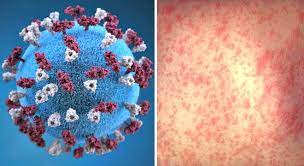Pregnant women often receive a flood of advice on what to eat and what to avoid, and one crucial aspect is making informed decisions about seafood consumption. It’s a delicate balance – ensuring enough intake for health benefits without exposing oneself to potential risks. The way seafood is prepared also adds another layer of consideration.
Dr. Lida Chatzi, a professor at the Keck School of Medicine of USC, emphasizes the significance of seafood, stating, “Fish is an important source of nutrients, and its consumption should not be avoided.” However, she advises pregnant women to stick to the recommended one to three servings of fish per week to mitigate potential risks associated with contaminants like mercury and other pollutants.
The benefits of omega-3 fatty acids, present in certain fish, are considerable. These nutrients support the development of the baby’s spinal cord and cognitive growth, according to the U.S. Food and Drug Administration (FDA). A study led by USC found that children of mothers who consumed fish one to three times weekly during pregnancy showed better metabolic health markers between the ages of 6 to 12.
On the flip side, a separate study highlighted an increased risk of preterm birth in women with low levels of long-chain fatty acids EPA and DHA found in fish during the first and second trimesters.
To guide pregnant individuals, foodsafety.gov recommends a weekly intake of 8 to 12 ounces of safe fish varieties, with certain fish to avoid due to higher methylmercury levels. Fish such as king mackerel, marlin, and shark are cautioned against during pregnancy.
For safe seafood choices, the FDA provides a comprehensive list of “best choices” and “good choices.” Best choices include salmon, shrimp, and trout, while good choices encompass mahi-mahi and striped bass, among others.
When it comes to sushi, sashimi, and ceviche, pregnant women are advised to steer clear of raw fish due to potential risks from parasites or bacteria, including listeria, which has been linked to severe pregnancy complications. All seafood should be cooked to 145°F, and caution is urged for smoked fish.
Mayo Clinic adds a final note on ensuring fish is fully cooked for safety: opaque and flaky for fish, milky white for shellfish, and only consuming shellfish in shells that have opened after proper cooking.















































